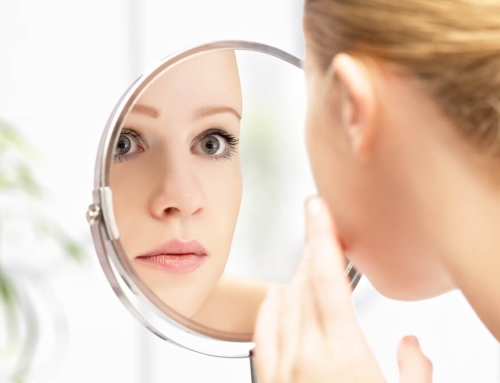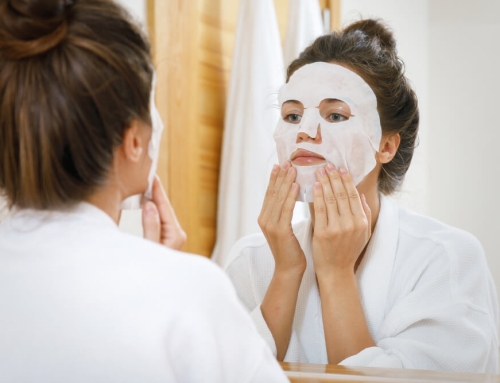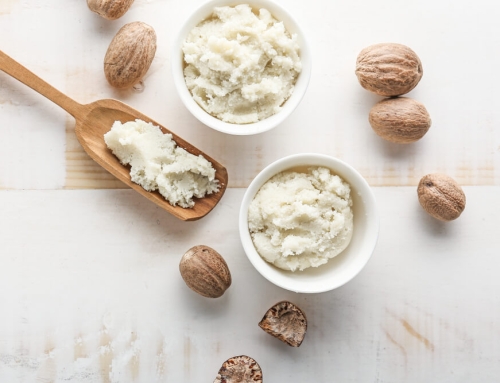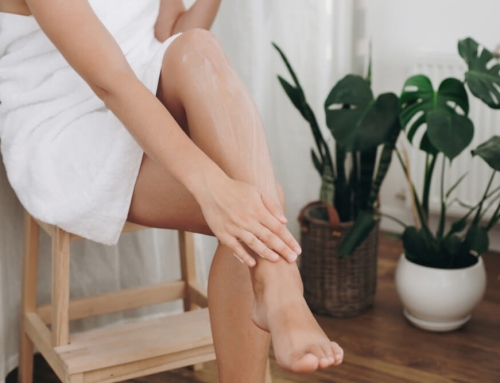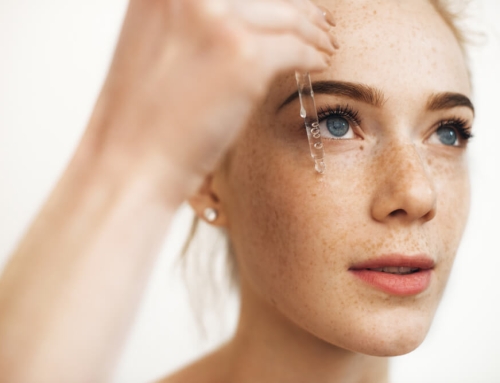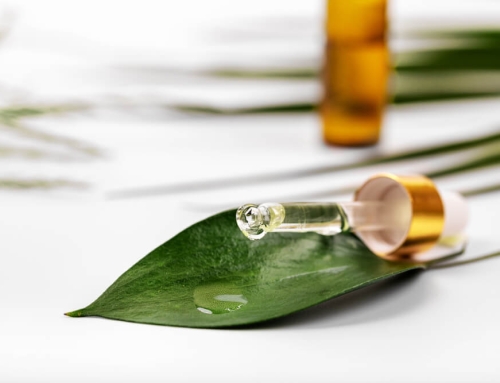Did you know that glycation is one of the main causes of skin aging?
While there may be countless studies confirming this, glycation is something that not many people are aware of, which only adds to the severity of the issue.
To help you take better control over how, as well as how quickly, your skin ages, here is everything you need to know about glycation and your skin.
What is Glycation?
Glycation is a process that is pretty much always taking place in the body. It occurs when sugar molecules, particularly glucose, enter into the bloodstream, where they then attach themselves to protein fibers. This results in the creation of advanced glycation end products, or AGEs, which cause the protein fibers to stiffen up and contort.
The glycation process is something that the medical world has been focused on for a while now, with research on diabetes providing many answers to the mysteries of AGEs. Glycation has been shown to lead to everything from cataracts and liver disease to Alzheimer’s, high blood pressure and strokes.
You’re probably thinking…
Sounds scary, but what does this have to do with my skin?
As it happens, quite a lot…
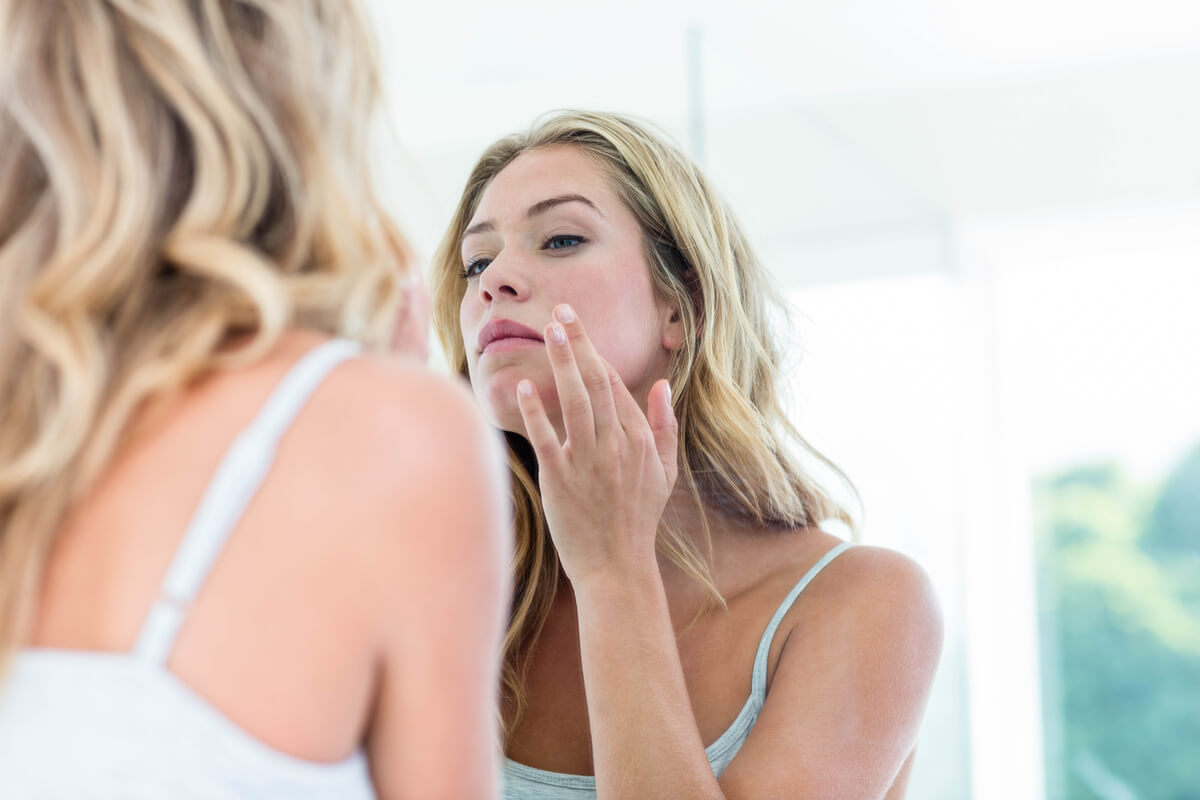
How Does Glycation Affect the Skin?
As mentioned above, glycation takes place when sugar molecules attach themselves to the proteins in the body. Well, your skin is full of proteins, particularly collagen and elastin. In fact, these two proteins are largely responsible for how firm, smooth and springy your skin is.
Unfortunately, those two proteins are also among the most vulnerable in the body when it comes to glycation, simply because collagen and elastin have quite a slow turnover rate when compared to the other proteins in your body. Once AGEs form on the collagen and elastin fibers in your skin, those proteins become significantly weaker, less supple and discolored. This then shows up in your complexion in the form of:
- Fine lines and wrinkles
- Sagging and loose skin
- Dullness, with a loss of that youthful glow
Sadly, that’s not all that glycation does to the skin…
The presence of AGEs on your skin’s protein fibers then makes those proteins even more vulnerable to other forms of damage, particularly those that come from the environment. Everything from pollution to UV rays become so much more harmful, which then speeds up the skin aging process even more.
What Causes Glycation to Occur in the First Place?

The glycation process occurs when glucose molecules enter into the bloodstream, meaning that this is something that is always going on in your body. After all, glucose doesn’t only come from unhealthy foods – even fruits and vegetables end up turning into glucose in the body during the digestion process.
For those who have healthy glucose levels, the glycation process isn’t too much of a big deal. Yes, it will still age your skin, but it will do this at a very gradual rate. Plus, there isn’t really anything that you can do to completely stop the glycation process, especially since the cells in your body, as well as your metabolism, rely on glucose in order to properly function.
However, the unhealthy lifestyle choices that more and more people are making these days are where the problem lies…
Refined sugar can be found in so many of the foods that are widely eaten. High-fructose corn syrup is another common culprit when it comes to increased glycation, because fructose triggers the process too.

Other unhealthy lifestyle habits, such as smoking and drinking, are already bad for the skin, but become even worse when combined with glycation. Since the proteins in your skin will already be dealing with AGEs, they won’t be able to properly defend themselves against the damage that smoking and drinking cause, therefore accelerating skin aging even further.
Recently, research has pointed to another, quite surprising, cause of glycation…
Do you ever grill, fry or roast the foods that you eat?
Chances are, your answer is yes. After all, those cooking methods extract beautiful levels of flavor from food, making them so much tastier. However, studies show that those cooking methods lead to increased AGE production, making them quite harmful. The reason for this is because of the high levels of heat involved in those cooking methods, which creates a chemical byproduct called acrylamide, leading to increased glycation.
Reducing Glycation
As mentioned earlier, glucose is vital for your cells to function properly, meaning that not only should you avoid trying to completely prevent glycation, but it would also be pretty much impossible for you to actually do this.
However, reducing the amount of glycation that takes place in your body would definitely be a good thing…
How can you do this?
Well, the most obvious way would be to adjust your diet. Staying away from sugar-filled foods should be the first thing you do.

Keep in mind that while sugar is commonly found in chocolates, sweets, desserts and soft drinks, there are also several surprising sources of sugar that you may not know about, such as:
- Sauces
- Condiments
- Soups
- Salad dressings
In addition to leading to glycation, sugar damages the skin in several other ways too. It severely dehydrates, leading to an increase in sebum production, and, therefore, breakouts. The way in which sugar also causes a surge of the testosterone hormone also contributes to the increase in oil production, giving you a double whammy of oily skin. Not only that, but sugar also interferes with water-binding in your skin, leading to dryness.
Cutting out sugar is a great start, but here are a few other changes that you can also try to implement:
- Avoid grazing too much during the day, as this keeps your blood sugar levels at a high. Instead, snack on protein-rich foods that will keep you feeling fuller for longer
- Avoid fruit juices, as these are packed with high concentrations of sugar
- Stay away from sugar-filled foods. These may commonly be found in chocolates, sweets, desserts and soft drinks, but everything from sauces and condiments to soups and salad dressings are also often surprisingly high in sugar
- Choose brown and wholegrain options over white and refined, because although they do still contain glucose, they release this slowly and steadily into the body
- Drink more herbal teas, in particular, mint, lemon balm and sage, as these have all been proven to have anti-glycation properties, even more than green tea does
- Consume more cinnamon, ginger, garlic, allspice and oregano, which have been shown to inhibit AGE production
As you now know, certain cooking methods, namely grilling, frying and roasting, trigger an increase in AGEs, meaning that these cooking methods should be avoided as much as possible when you are preparing your meals. Safer alternatives would be steaming or boiling, with steaming being best when it comes to preserving nutrients.
Another thing that you can do to reduce glycation is to ensure that you are getting enough sleep each night.
Wondering why this matters?
Because sleep deprivation has been shown to interfere with the body’s glucose tolerance, leaving you more susceptible to the harmful effects of glycation. Try to sleep for around eight hours a night to properly fortify your body.
One other thing that you should know about is an amino acid called carnosine. Research shows that this amino acid can have some incredible effects when it comes to protecting the body from glycation – not only does it reduce the amount of glucose in your bloodstream, meaning that less glycation will then occur, but it also reverses AGEs that have already formed in your body. While there are a few other amino acids that do this, carnosine has been proven to be the best.
While there are a few skin care products out there that contain carnosine, the most effective way to make use of this amino acid is by taking it as an oral supplement. You will find it available in many different forms, from solid tablets to liquids to powders, so go with whichever suits your lifestyle the best. By taking the amino acid as a supplement, your body will also then be able to enjoy its other benefits, including:
- Immune support
- Powerful antioxidant properties
- Gut support
- Faster wound recovery time
Repairing Glycation
It’s all very well to put all of your efforts into preventing glycation from occurring quite as much, but what about all of the glycation that has already taken place in your skin?
Don’t worry, there are actually a few different ways in which you can repair and reverse glycation that has already occurred.
The very first thing to look at is your skin care…
There are certain skin care ingredients out there that are famous for being powerful AGE fighters.
One of the most important is vitamin C. This powerful antioxidant has been shown to scavenge free radicals at various stages of the glycation process, while having an overall inhibitory effect on glycation, as well as AGE formation.
If that wasn’t enough to convince you to add this superstar into your skin care routine, vitamin C is also able to:
- Brighten up the skin tone, fading dark spots
- Reduce the appearance of fine lines and wrinkles
- Aid in the production of collagen and elastin, which are the very proteins that are damaged by glycation
The best way to deliver vitamin C to the deeper layers of your skin, where glycation takes place, is with a serum. While moisturizers are also good, serums are much more lightweight, meaning that they can penetrate further into the skin. For a double dose of vitamin C, try the OROGOLD 24K Vitamin C Booster Facial Serum, which contains two different potent forms of the ingredient.
A few other anti-glycation ingredients worth knowing about include:
- Quercetin – a natural flavonol found in many fruits, vegetables and grains, quercetin significantly inhibits AGE formation
- Green Tea Extract – not only does drinking green tea help to prevent glycation, but applying the extract to your skin has similar effects too
- Alpha Lipoic Acid – this antioxidant reduces the formation of AGEs and minimizes oxidative stress, while also strengthening the body’s defence against glycation
- Blueberry Extract – this powerful extract has been shown to break the vicious cycle of damage that AGEs cause, while also preventing oxidative stress in the skin
- Pomegranate Extract – in addition to fighting against AGEs, pomegranate extract also prevents cell and protein damage, while stimulating collagen production
- Goji Berry Extract – this is another botanical extract that has also been found to successfully inhibits glycation, while protecting cells from DNA damage
Now, keep in mind that glycation is something that many people are not yet fully aware of, meaning that there are only a handful of specific anti-glycation products out there. Plus, many of those don’t actually do what they claim, with the anti-glycation label being purely for marketing purposes.
So, your best bet would be to seek out products that contain some of the above ingredients, and that deliver them to your skin in the best way possible. As mentioned, vitamin C is best delivered through a serum, but face masks are also great for efficiently nourishing your skin with specific nutrients.
The OROGOLD 24K Nano Hydra Silk Mask is a great example of this – it is infused with several different fruit extracts, including pomegranate, and also contains numerous other powerful, collagen-building ingredients, such as peptides and vitamin A.
Now that you know more about glycation, you have all of the information you need to prevent it from damaging your skin, while also repairing the damage that has already been caused. Although this is a process that cannot be completely avoided, reducing glycation is key when it comes to protecting your skin from the aging process for as long as possible.


